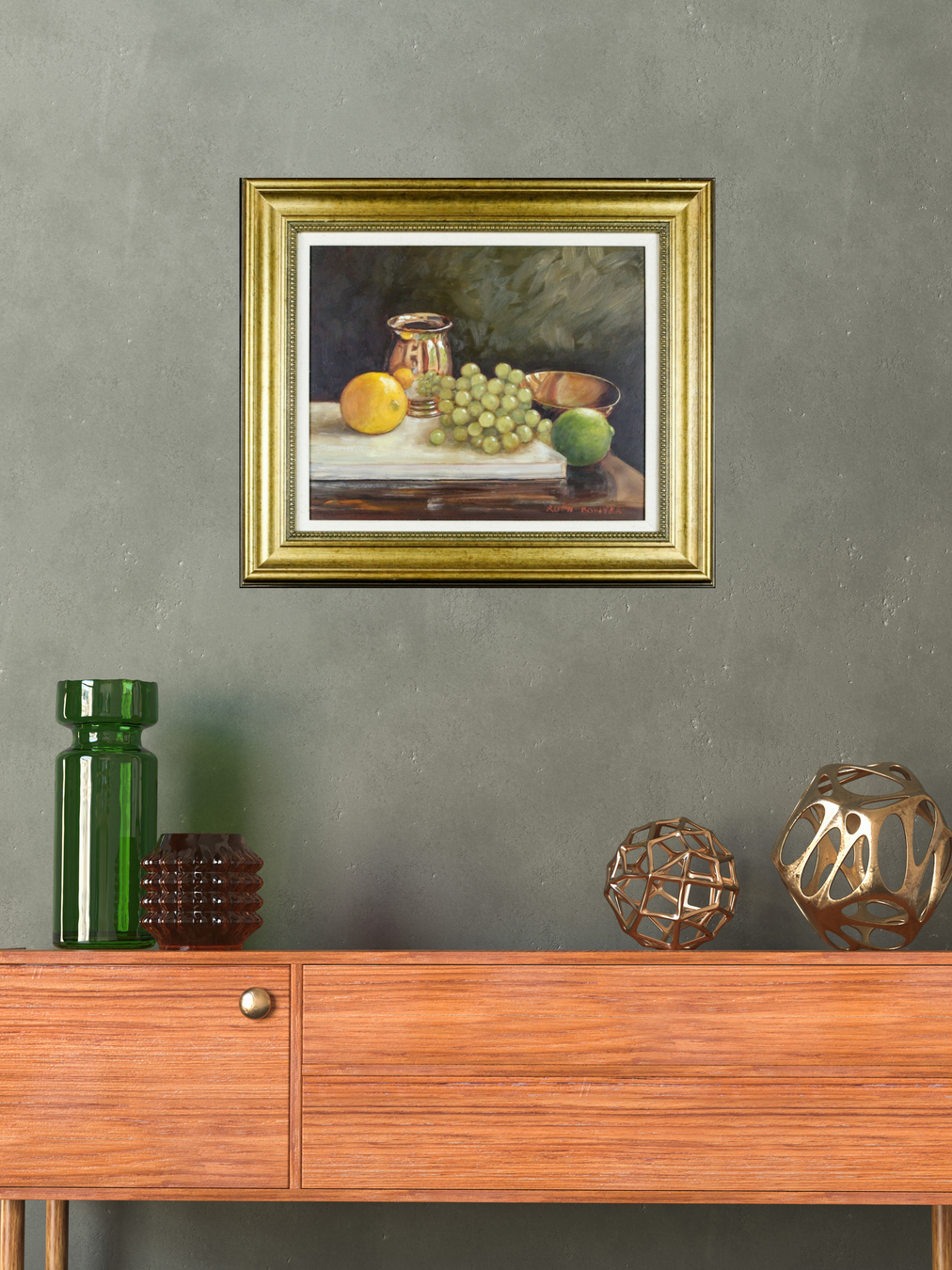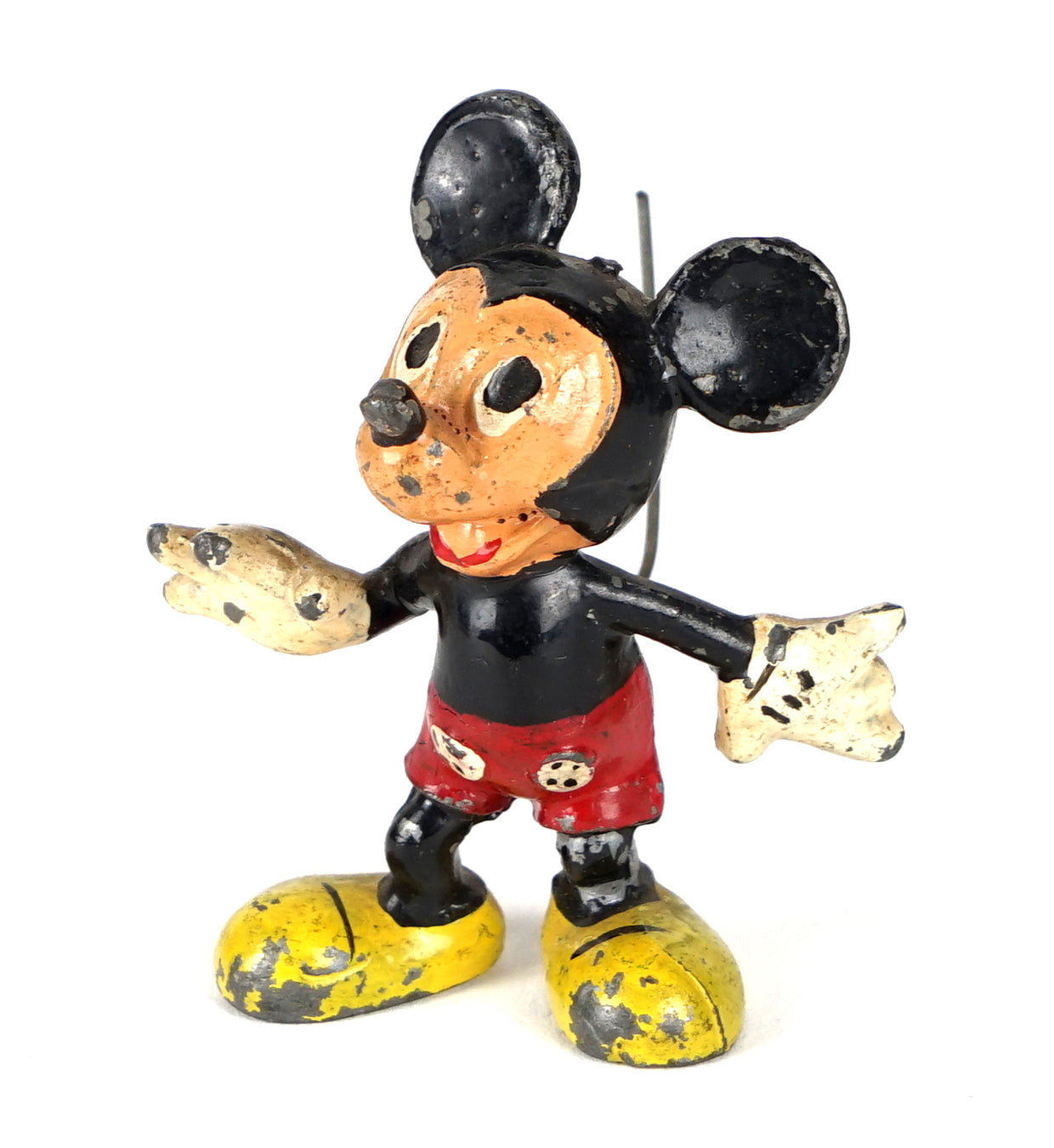Sell Your Collectables

The Furniture of Robert Thompson: Why it’s sometimes great to have mice in the house
The whimsical trademark probably needs no introduction. For close to a century solid oak furniture and trinkets made in a workshop close to the parish church at the Kilburn, North Yorkshire have featured a carved mouse on almost every piece.
The Mouseman was Robert Thompson (1876-1955) and his ethos was simple. At a time when so much furniture was being made by machines on production lines, he chose seasoned English oak, the traditional tools of the handsaw, the adze and the chisel and the idea of ‘one man’s work from start to finish’.

Thompson accepted his first major commission in 1919 from the monks at nearby Ampleforth College and here in the early 1920s he would hit upon his signature. “The origin of the mouse as my mark was almost in the way of being an accident. I and another carver were carving a huge cornice for a screen and he happened to say something about being as poor as a church mouse. I said I will carve a mouse here and did so, and then it struck me, what a lovely trademark.” The mouse (each one takes about 45 minutes to carve) signifies ‘industry in quiet places’ and was finally registered as a trademark in the 1930s. The company, now known as Robert Thompson’s Craftsmen Ltd and still run by family members, continues to use it today.
Mouseman furniture has always enjoyed a strong local following but today it has admirers all over the UK with a growing collecting base in North America and the Far East too.
Phil Mires of PM Antiques & Collectables is a fan – and always keen to hear from members of the public who might be interested to sell. “There was a time when it wasn’t taken too seriously by Arts and Crafts aficionados as so much of it was made two or three generations after William Morris. However, it has really caught the public’s imagination – not just because of the mouse but because of the timeless appeal of English oak and fine craftsmanship. Mouseman is beautifully made and the simple aesthetics do work well with modern interiors.”
As many shapes and forms have been made in much the same way for generations, dating of Mouseman furniture is not an exact science. It is often through age and patina that an approximation is made. However some more concrete clues are provided by close analysis of the construction details that changed as the century progressed.

Table tops were made with dowels rather than tongue-and-groove boards until the early 1970s, the position of the ‘rush rail’ on dining chairs was changed in the mid 1950s, while techniques of upholstery evolved from interwoven leather straps to full cotton web frames still used today. Sometimes the mouse itself – its design or its positioning – gives an idea of date. The very earliest mice carved with front paws were largely succeeded by the more familiar rodent in the 1930s. Early cheeseboards feature a mouse on the board that from the 1960s the mouse was repositioned on the handle to provide more strength while a mouse scurrying up the side of a fruit bowl (rather than seated in the middle) suggests it was made before the 1960s.
There is a premium to be paid for pieces dating from before 1955 when Robert Thompson was still alive. It is unlikely he actually made them (Thompson employed 30-plus craftsmen) but it helps they were fashioned under the founder’s watchful eye. The survival of factory archives can sometimes connect pieces from this prime period to major commissions: the recent sale of Mouseman furniture made for the Horlicks factory in Slough included a £35,000 bid for a dresser dated 1930 that was recorded in the Thompson ledger that year against a price of £45. Will Dawson, the Kirkby Moorside blacksmith, provided the elaborate iron hinges.
However, after 30 years or more of serious collecting, the market is evolving. Many later pieces, from ashtrays to side tables, are starting to acquire the coveted patina and darker colour that comes with age and regular use and there are many models that were not made until the post-war era. Particularly admired are pieces by Stan Dodds who took over the role of master carver in Kilburn from George Weightman in the 1960s and made many of the popular bird and animal models. Dodds was probably the maker of a rare pair of bookends, carved in the form of elephants (one with a recessed carved mouse signature) sold at auction this year for a record £10,000.

Newly manufactured pieces from the workshop are also expensive so buying ‘second hand’ often comes with a price break. Recently consigned at PM Antiques & Collectables was a coffee table of classic golden oak bought new in late 1970 direct from Thompson of Kilburn and owned by the family for 50 years (illustrated below).
Another ‘budget’ option is to acquire a piece of handmade Yorkshire oak furniture by one of the Mouseman imitators – aka ‘the critters’. From as early as the 1930s, workshops making furniture in the Mouseman style began to open across the North Riding – around half of them operated by former Thompson employees who chose to use their own creature or motif as a signature. More than 30 of these ‘critters’ have been identified from rabbits and squirrels to lizards and eagles. Some such as Tom ‘Gnomeman’ Whittaker (1910-91), of Littlebeck, near Whitby or Colin ‘Beaverman’ Almack at Sutton-under-Whitestonecliffe made fine quality work that has become appreciated in its own right.
Contact Us
Looking to buy antiques, art and collectables? Take a look at our product pages for more information and to browse our current stock. Feel free to contact us on 01932 640113 or phil@pm-antiques.co.uk if you have any questions or enquiries.





